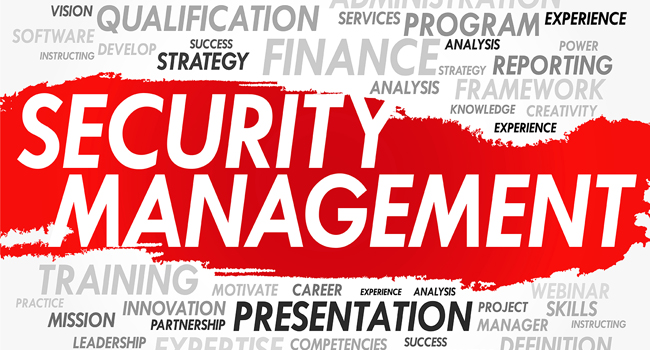
Part 5: Wake the Flight Crew
- By Martin Zinaich
- Jul 31, 2015
The National Association of Corporate Directors (NACD), Director’s Handbook Series, Cyber-Risk Oversight (2014) noted that in the past 20 years, the nature of corporate asset value has changed significantly, shifting away from the physical and toward the virtual. One recent study found that 80% of the total value of the Fortune 500 now consists of intellectual property and other intangibles. The report also states that along with the rapidly expanding “digitization” of corporate assets, there has been a corresponding digitization of corporate risk. NACD found some estimates predicting that between $9 and $21 trillion of global economic value creation could be at risk if companies and governments are unable to successfully combat cyber threats.
Businesses now face advanced attacks by ultra-sophisticated teams that look to exploit any advantage against a company. Add to that risk the immense amount of interconnection among corporate systems, and it is no longer adequate that organizations secure only “their” network. Vendors, suppliers, partners, customers, or any entity connected with the company electronically can become a potential point of vulnerability. NACD also noted in their Cyber-Risk Oversight report a pivotal statement that is usually absent from Information Security training and business education, “Similar to other critical risks, cybersecurity cannot be considered in a vacuum. Members of management and the board must strike the appropriate balance between protecting the security of the organization and mitigating downside losses, while continuing to ensure profitability and growth in a competitive environment.” This subtle statement is at the core of the need to professionalize the Information Security industry. Corporate management and board of directors, for the most part, do consider cyber security risks in a vacuum and do not equate it to other critical business risks.
The Wisegate 2013 IT Security Benchmark Report showed that 62% of those Information Security Officers surveyed report to a Chief Information Officer (CIO). The same report shows that only 5% report to a Chief Risk Officer and only 3% report to the Chief Executive Officer. How likely is it that Information Security, as a subcomponent of IT, can influence the business at the board level? Referencing the National Association of Corporate Directors Cyber-Risk Oversight report again, it recommends five key areas for corporate directors with regard to Information Security.
- Directors need to understand and approach cybersecurity as an enterprise-wide risk management issue, not just an IT issue.
- Directors should understand the legal implications of cyber risks as they relate to their company’s specific circumstances.
- Boards should have adequate access to cybersecurity expertise, and discussions about cyber-risk management should be given regular and adequate time on the board meeting agenda.
- Directors should set the expectation that management will establish an enterprise-wide cyber-risk management framework with adequate staffing and budget.
- Board-management discussion of cyber risk should include identification of which risks to avoid, accept, mitigate, or transfer through insurance, as well as specific plans associated with each approach.
Clearly, NACD senses these business risk implications of Information Security are not inculcated into business hierarchies. A professional organization working with business leaders and business educators is undoubtedly needed to make progress. This organization should be of one mind and one voice, not a disparate set of frameworks, certification bodies and vendor solutions as it is today. The current ad-hoc approach keeps this critical business function in an isolated state from the business proper.
Businesses do not know what they do not know and practitioners are unlikely to break into the C-Level to elevate this part of the business. Currently the way this usually happens in business is subsequent to a major incident, rarely prior.
About the Author
Martin Zinaich is the information security officer for the City of Tampa’s Technology and Innovation department. The insights in this article were shared at a Wisegate member event, where senior IT professionals discussed these pressing security issues.